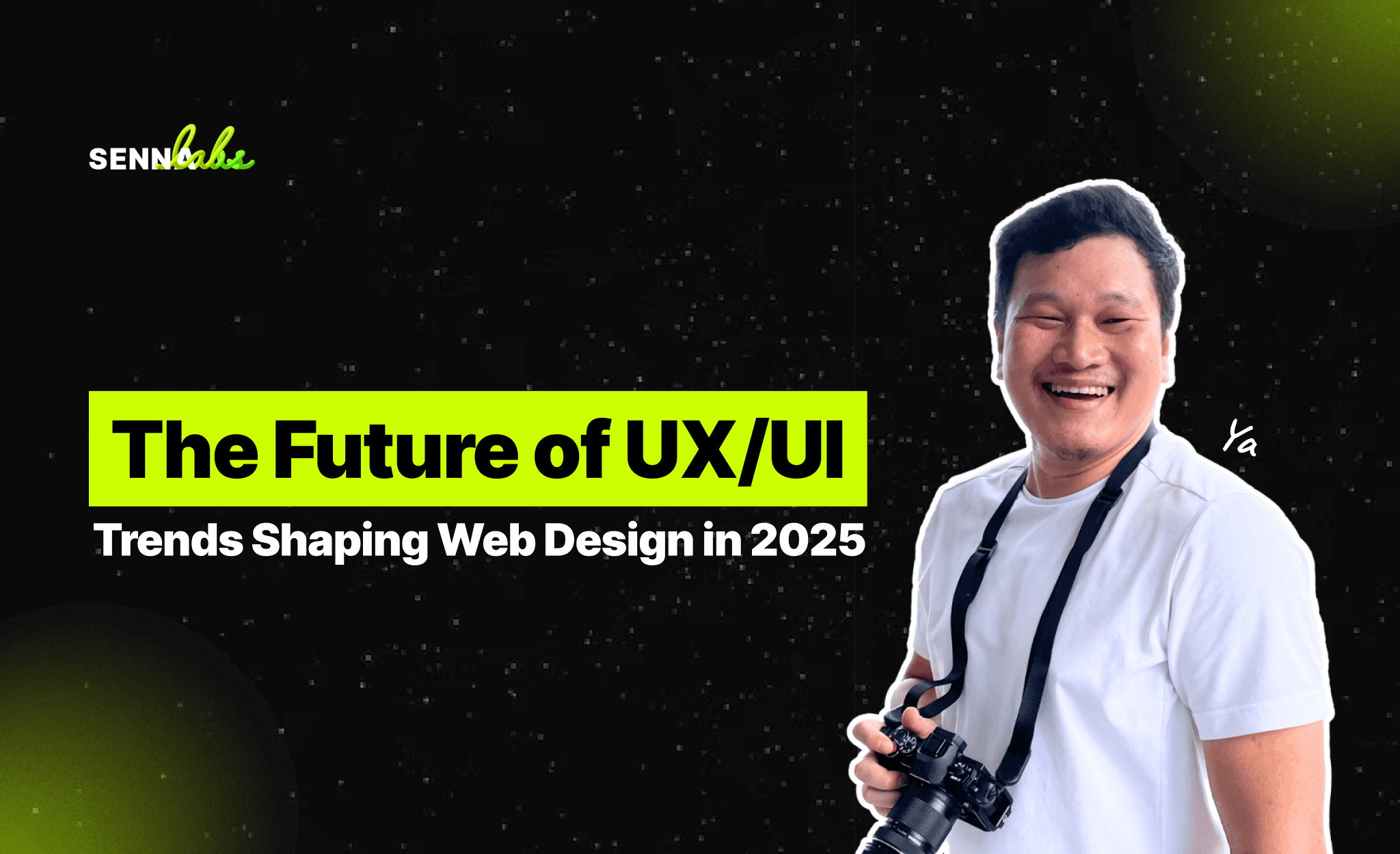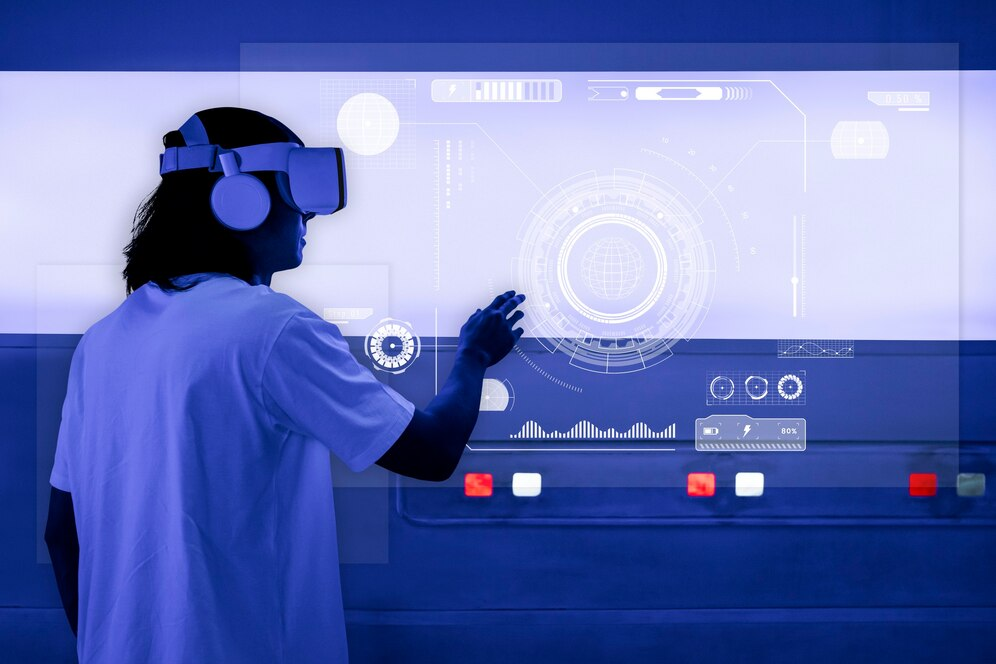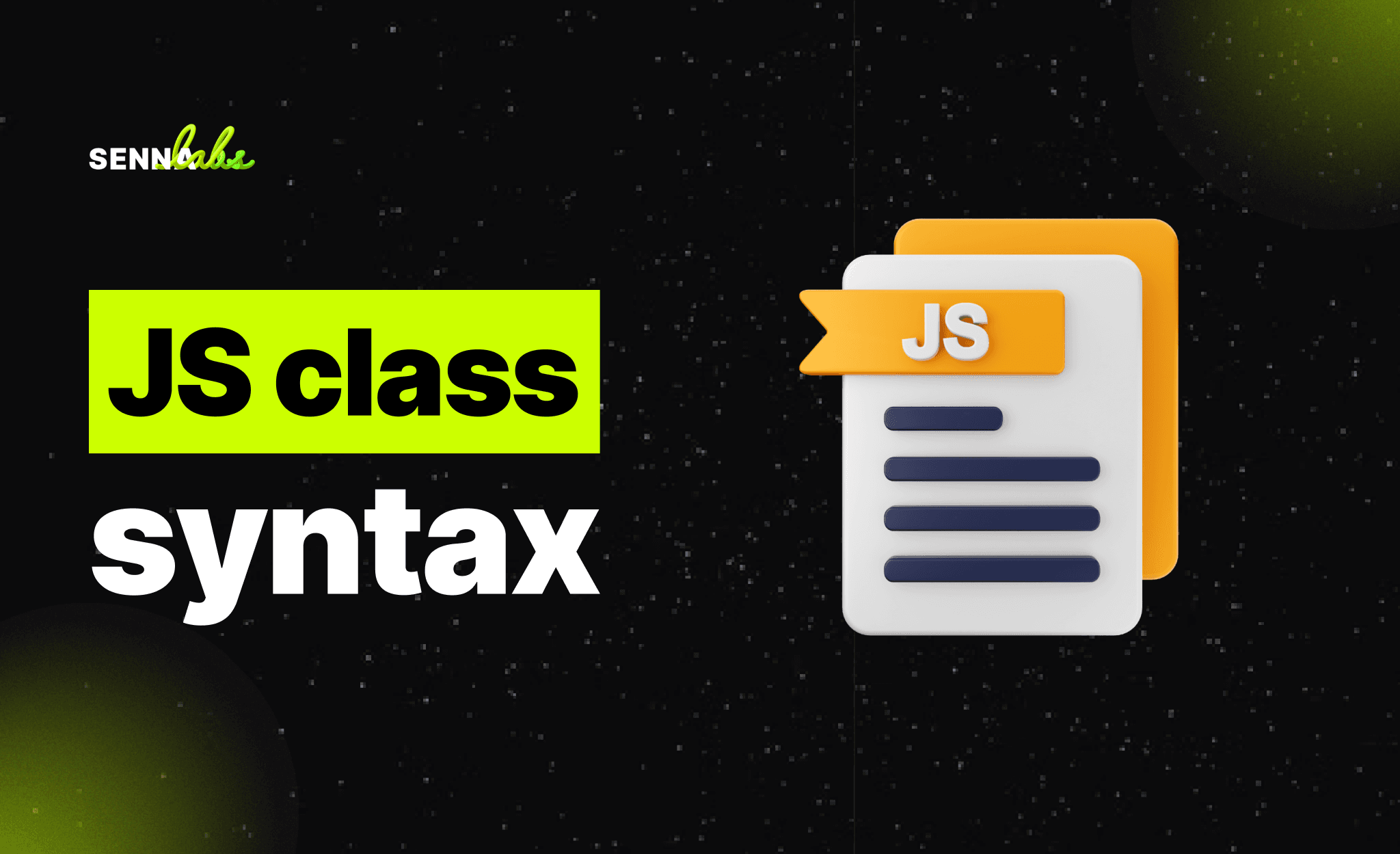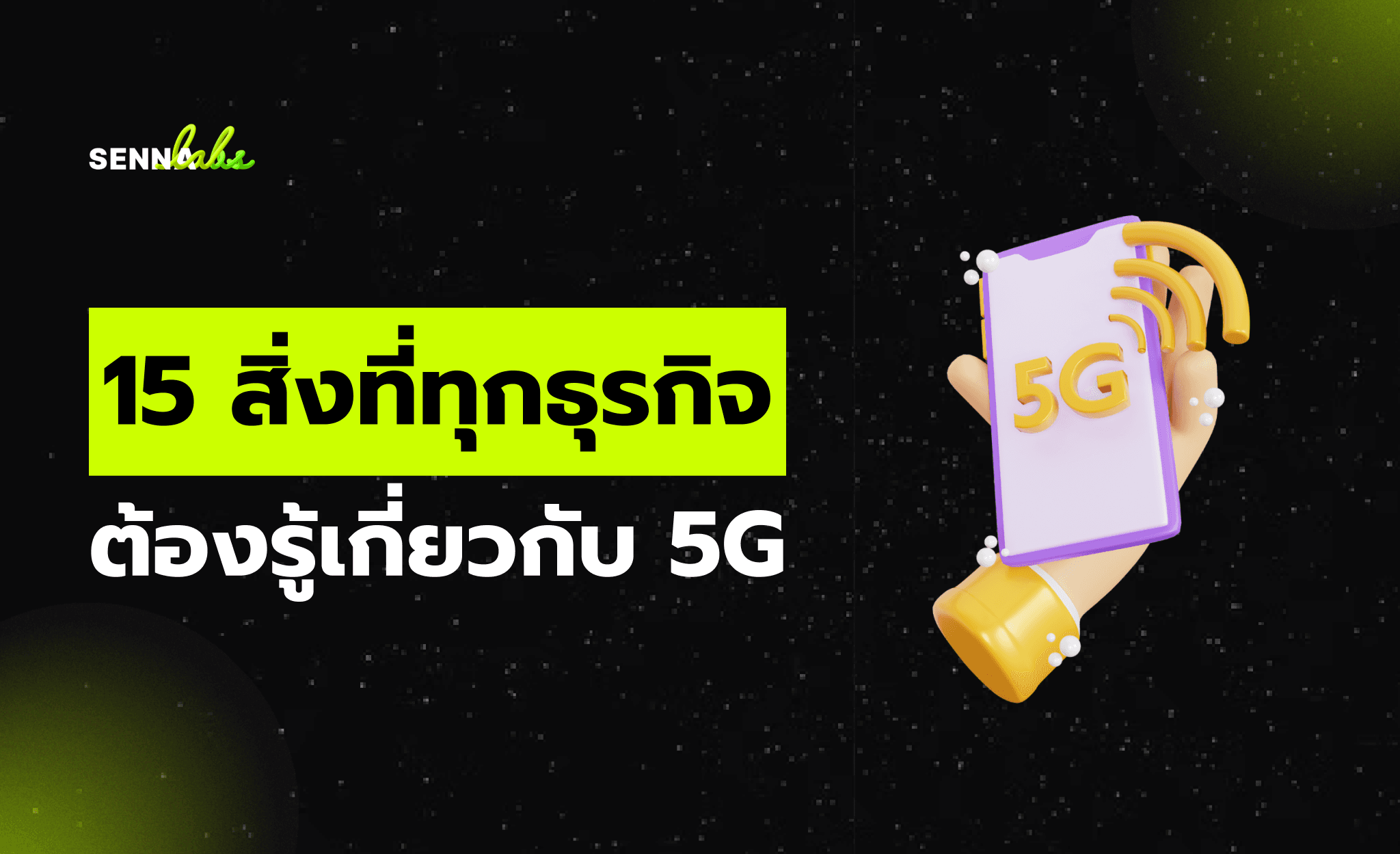The Future of UX/UI: Trends Shaping Web Design in 2025

UX/UI design is constantly evolving, driven by emerging technologies, user behavior changes, and industry innovations. As we approach 2025, the future of web design will focus on simplicity, interactivity, and automation.
This article explores key UX/UI trends shaping web design in 2025, including minimalism vs. immersive design, AR/VR integration, and AI-powered UI, along with a case study of a fintech startup that enhanced accessibility using voice and gesture controls.

1. Minimalism vs. Immersive Design
1.1 The Shift Toward Minimalism
Minimalist web design focuses on clean interfaces, fast performance, and easy navigation. The core principles include:
-
Whitespace optimization – Enhances readability and reduces distractions.
-
Simple typography – Prioritizes legibility and brand consistency.
-
Limited color palettes – Creates a sleek, modern look.
Example: Apple’s website uses minimal elements to highlight products while ensuring seamless navigation.
1.2 The Rise of Immersive UX/UI
On the other hand, some brands are embracing immersive experiences to enhance engagement, including:
-
Microinteractions – Small animations that provide feedback (e.g., button hover effects).
-
Dynamic scrolling – Storytelling elements that evolve as users scroll.
-
3D design elements – Adding depth and interactivity.
Example: Nike’s product pages integrate animations and interactive visuals to showcase footwear designs.
2. Augmented Reality (AR) and Virtual Reality (VR) in UX
2.1 AR and VR Transforming User Experience
AR and VR technologies are bridging the gap between digital and physical interactions, enhancing UX in various industries:
-
E-commerce – AR-powered virtual try-ons (e.g., glasses, clothing, furniture).
-
Education – VR learning experiences that provide hands-on training.
-
Real estate – Virtual property tours for immersive browsing.
Example: IKEA’s AR app lets users visualize furniture in their homes before purchasing.
2.2 Implementing AR/VR in Web Design
-
Use WebXR APIs to integrate AR/VR into websites.
-
Ensure cross-device compatibility for mobile and desktop users.
-
Prioritize lightweight 3D models to maintain fast load times.
Example: Google’s WebVR experiments showcase how VR can enhance storytelling in websites.
3. The Rise of No-Code and AI-Powered UI Design
3.1 No-Code and Low-Code Platforms
With the rise of no-code and low-code development tools, businesses can now:
-
Build websites without coding knowledge using drag-and-drop interfaces.
-
Automate design elements for faster deployment.
-
Enable real-time collaboration between designers and developers.
Example: Webflow and Bubble allow businesses to create fully functional websites without writing code.
3.2 AI-Powered UI Enhancements
AI-driven UX/UI is revolutionizing personalization and automation through:
-
Adaptive interfaces that adjust based on user preferences.
-
AI-generated design suggestions for optimized layouts.
-
Chatbots and voice assistants for seamless navigation.
Example: Adobe Sensei uses AI to automate design adjustments, improving workflow efficiency.
4. Case Study: How a Fintech Startup Improved Accessibility with Voice and Gesture Controls
The Problem
A fintech startup found that visually impaired users and those with mobility challenges struggled to navigate their financial dashboard. The key issues included:
-
Difficulties in clicking small icons and buttons.
-
Lack of voice control options for hands-free navigation.
-
Overcomplicated forms leading to frustration.
The UX/UI Fixes
-
Integrated voice commands for transactions and balance inquiries.
-
Implemented gesture-based controls for navigating between sections.
-
Optimized the UI for high contrast and larger interactive elements.
The Results
-
User retention increased by 30 percent as accessibility improved.
-
Customer satisfaction ratings grew by 25 percent due to the intuitive interface.
-
Transaction completion times decreased by 20 percent, improving efficiency.
Conclusion
The future of UX/UI in 2025 will be defined by minimalism, immersive technologies, AI automation, and accessibility improvements.
Key takeaways:
-
Minimalism will dominate mainstream web design, focusing on clarity and simplicity.
-
AR/VR will enhance interactive experiences, especially in e-commerce and real estate.
-
No-code platforms and AI-powered design tools will make web development more efficient.
-
Voice and gesture-based controls will improve accessibility and inclusivity.
Businesses that embrace these trends will create more engaging, user-friendly experiences, driving higher retention and customer satisfaction.


Subscribe to follow product news, latest in technology, solutions, and updates
Other articles for you



Let’s build digital products that are simply awesome !
We will get back to you within 24 hours!Go to contact us Please tell us your ideas.
Please tell us your ideas.







